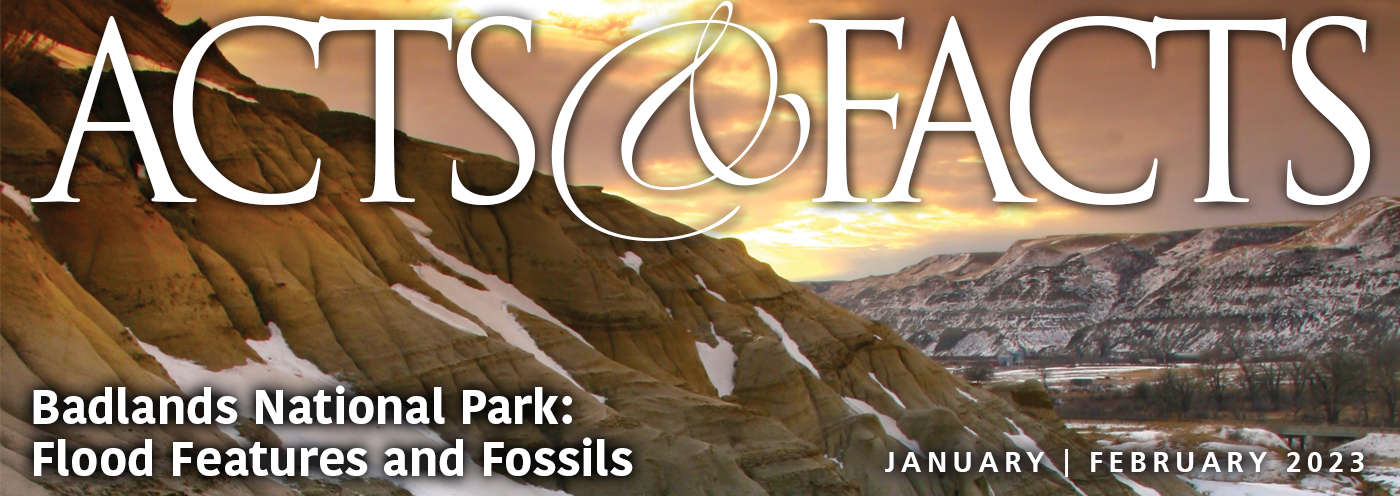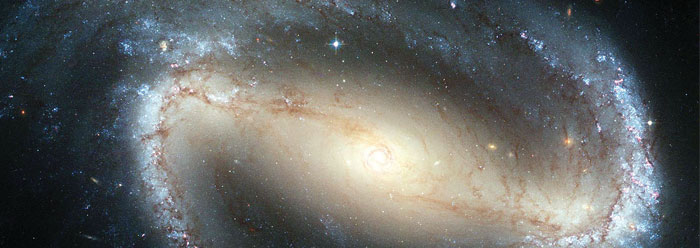
Nebulous Hypotheses
"Glittering generalities"--a phrase describing grand, panoramic scenarios that sweep difficulties under the rug--appropriately describes theories of planetary evolution. They're not as simple as "add dust, stir, and wait." I remember a planetary science professor years ago admitting that planetary evolution models usually hit a snag where a miracle is needed to continue.
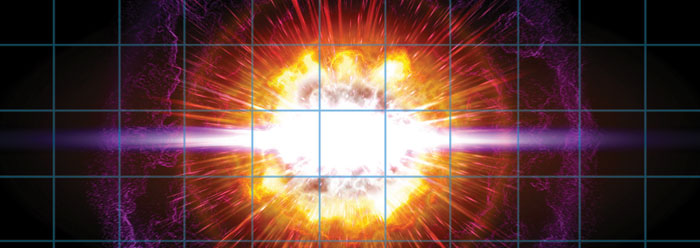
Inflating the Evidence
In their quest to disprove design in the universe, scientists have produced evermore speculative models of cosmology. Big Bang cosmology, for example, relies heavily on a process called inflation, an ad hoc speculation that remains highly controversial 26 years after it was first proposed.
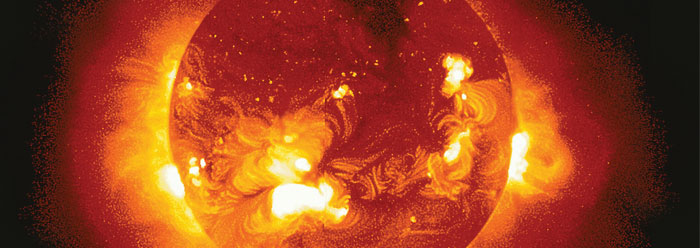
More Than a Rising Star
On his widely popular Cosmos science program in 1980, Carl Sagan described our paltry existence in pathetic terms: "We live on an insignificant planet of a humdrum star, lost in a galaxy, tucked away in some forgotten corner of universe in which there are far more galaxies than people." Several developments since then have altered this perception dramatically.
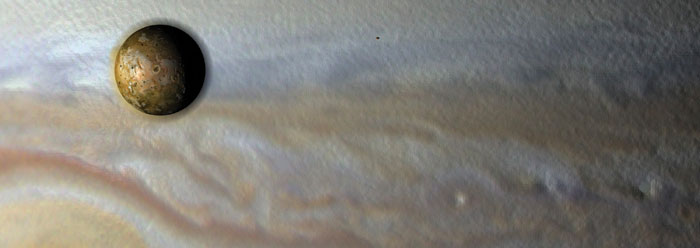
Spewing Hot Rocks on Old Ideas
The most volcanically active body in the solar system is a little moon of Jupiter named Io. This moon is pumping out the hottest lavas known, from equator to pole, 24/7. That a small body could be this hyperactive is one of the major mysteries for adherents to the billions-of-years-old universe hypothesis.
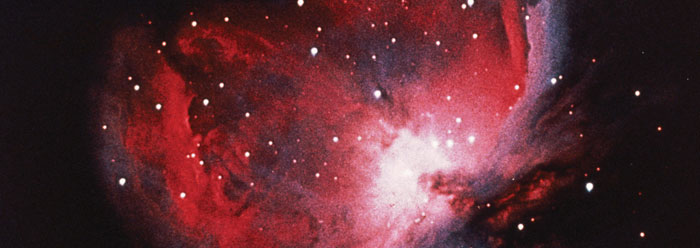
Imponderable Substances
Science and pseudoscience: how clear is the distinction? We need to look at history to understand the present. Scientists typically admire magician James Randi, who makes a living out of debunking pseudoscientific claims. He has been very clever at exposing charlatans who appeal to occult forces to explain "paranormal" phenomena.






